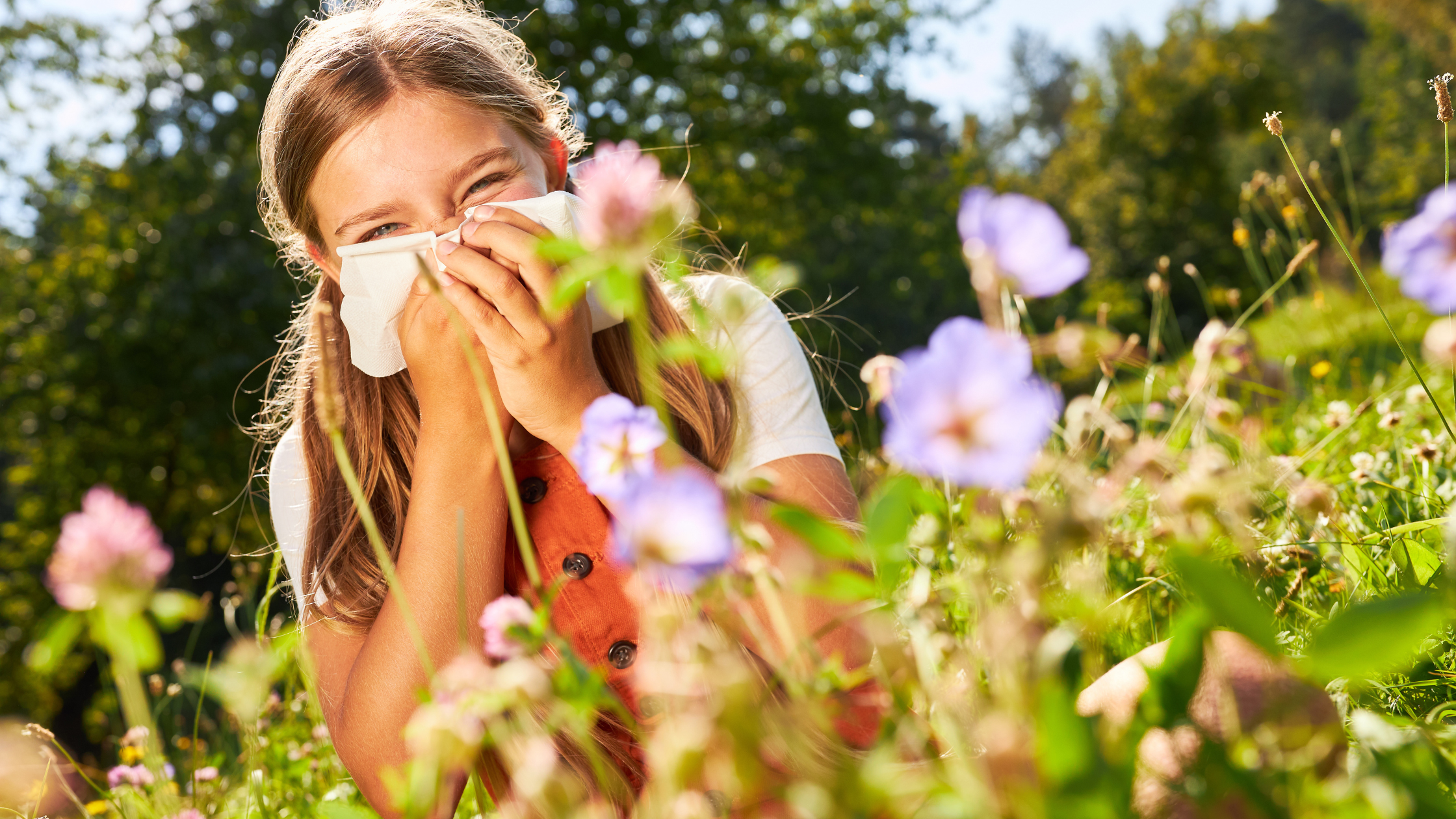
Spring is the time for new beginnings, but it can also be a season of sneezing, itching, and watery eyes for people worldwide. In the U.S. alone, more than 50 million people suffer from allergies each year.
While allergies can occur all year round, springtime is notorious for triggering a wide range of them due to the release of pollen and other allergens. For those especially sensitive to seasonal allergies, spring can be a difficult season to navigate.
However, with the right knowledge and approach, you can minimize the symptoms, ditch the box of tissues, and smell the spring flowers.

Understanding the Different Types of Spring Allergies
There are various types of allergies that are triggered by different allergens during the spring season. The most common spring allergies include:
Pollen Allergies: Also known as hay fever, this allergy is triggered by pollen released by trees, grasses, and weeds during the spring season.
Mold Allergies: Mold spores thrive in damp areas, and during the spring, they can be found in soil, compost piles, and decaying vegetation. Not to mention, exposure to mold inside the home can be especially tough to deal with.
Dust Allergies: Dust mites are microscopic creatures that can be found in bedding, carpets, and furniture. They can trigger allergies in sensitive individuals, causing symptoms similar to hay fever, which includes sneezing and a runny nose, and signs of asthma, such as wheezing and difficulty breathing.
Insect Sting Allergies: Spring is also the season when insects like bees, wasps, and hornets become more active, and their stings can trigger allergic reactions. Bug bites can be deadly for those who experience an anaphylactic reaction, in which case you might want to be prepared with an epipen.

Tips to Treat and Avoid Spring Allergies
While it may be impossible to completely avoid spring allergens, there are several strategies that can help you minimize exposure and manage symptoms. Here are five tips to help you stay healthy and enjoy the season:
Monitor Pollen Counts: Keep track of pollen counts in your area and plan your outdoor activities accordingly. You can check pollen counts online or through weather apps. On high-pollen days, it’s best to stay indoors as much as possible, especially during peak pollen hours from 5 a.m. to 10 a.m.
Keep Your Home Clean: Dust mites thrive in warm and humid environments, so it’s important to keep your home dry and well-ventilated. Anyways, it is time for spring cleaning! Regularly vacuum and dust surfaces, and wash bedding and curtains in hot water to kill dust mites. In the same vein, keeping your indoor air clean is also important for preventing allergies.
Wear Protective Clothing: If you have to be outdoors during high-pollen days, wear protective clothing such as a hat, sunglasses, and a face mask to reduce exposure to pollen. Also, avoid wearing clothes that can trap pollen such as wool and synthetics.
Use Allergy Medications: Over-the-counter allergy medications can provide relief for mild to moderate symptoms. Antihistamines can help relieve sneezing, itching, and watery eyes, while nasal sprays can help reduce nasal congestion. Consult with your doctor to find the right medication and dosage for you.
Consider Immunotherapy: If your allergy symptoms are severe and not responding to medications, you may want to consider immunotherapy. This treatment involves regular injections of allergen extracts over a period of time to desensitize your immune system to allergens. Talk to your doctor to see if immunotherapy is right for you.
Personalize the Way You Manage Spring Allergies
Spring allergies can be a challenging experience for many people, but it doesn’t have to ruin the season. By understanding the different types of allergies and implementing effective strategies to avoid or manage them, you can minimize symptoms and enjoy the beauty of spring. However, for some individuals, allergies can be particularly severe or persistent, despite their best efforts.
That’s where CircleDNA’s genetic test can come in handy to help you enjoy spring to the fullest. This at-home DNA test reveals insights into your body’s unique sensitivities to pollutants and allergens, among the 500+ health and lifestyle reports that can help empower your choices.





